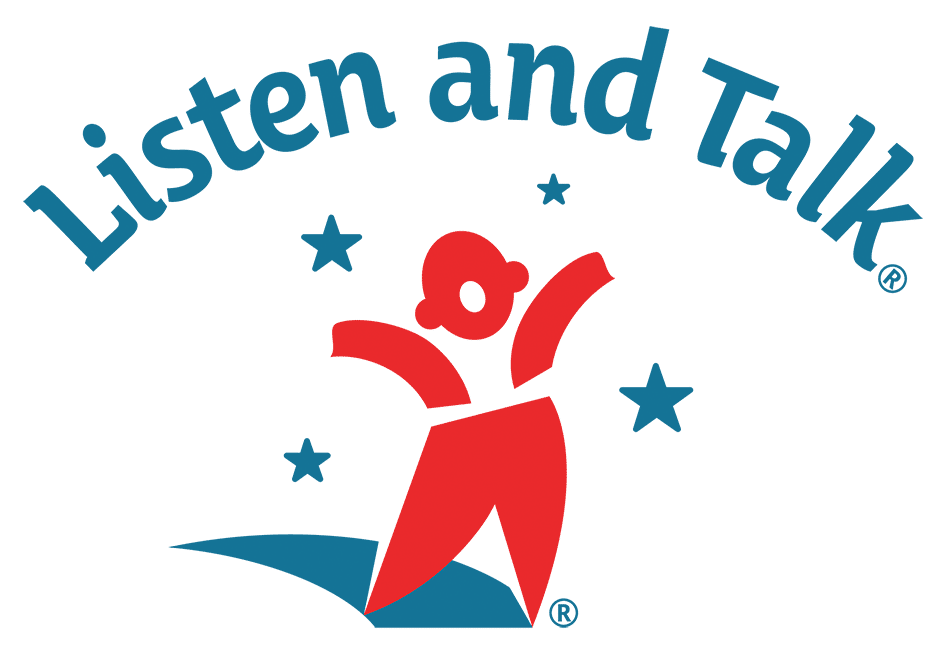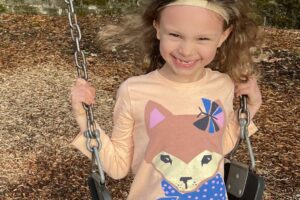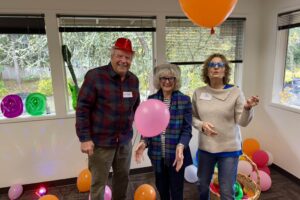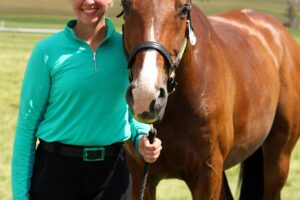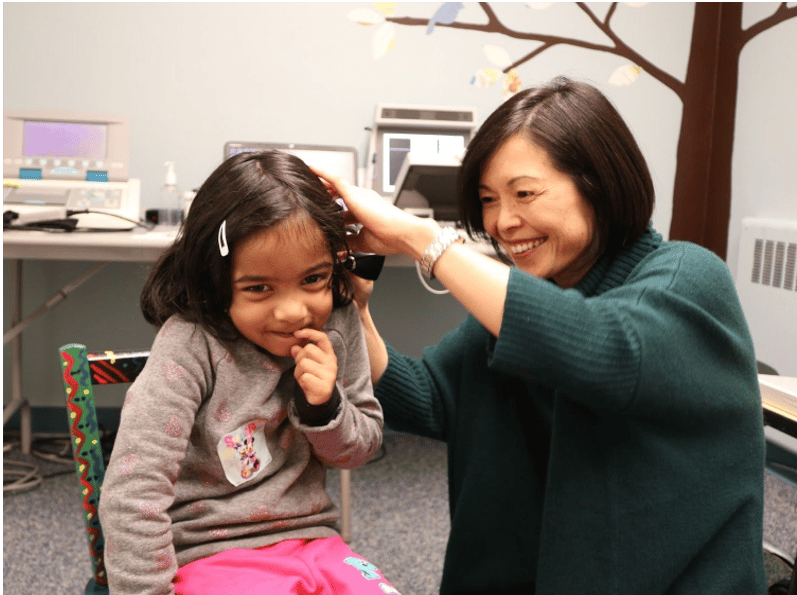
Prepping Young Children for Audio Booth Testing
One of the pieces to having hearing loss is spending some time in an audiology sound booth. Perhaps it is for a new diagnosis and the audiologist is trying to determine the level of the hearing loss. Maybe someone who has had cochlear implants for some time is going in for a mapping to make sure the maps are set correctly. Whatever the case, the booth can be an intimidating place for some younger children.
For toddlers and preschoolers, there are a few things one can do to prepare them for what will happen in the booth and to hopefully increase the chances of getting some accurate data.
A part of each appointment will include the audiologist looking into your child’s ears to check their outer and middle ear health. Once in the booth, they might have to wear headphones or have a foam tip similar to an earbud, put in their ears. If your child is sensitive about having their ears touched, you can help to desensitize them by gently touching their ears periodically, or giving a quick massage on their earlobe. If you have earbuds or headphones at home, have them wear them a little at a time, working up their tolerance.

Once in the booth, each child will play listening games. Depending upon their age and cognitive and physical development, they may do either Conditioned Play Audiometry (CPA) or Visual Reinforcement Audiometry (VRA). For the children ages 2-5, one type of CPA game for instance, is to place a peg on a board whenever they hear a sound. It might be that they will place a ball in a box or something else similar. VRA is used with younger toddlers and infants. For VRA, a visual reinforcer such as an animated animal, will turn on to teach and then later to reinforce the child to look towards the direction of the sound they hear.
So, how can you help prepare your child for the booth? As you go about your day, and you notice your child hears a sound/word, you can reinforce that by saying something such as “yes, you heard that.” You can also make different sounds such as a beep beep sound, or try saying shhh or mmm, and if your child looks at you, confirm that they did hear something. The next step might be to have them hand you a toy when they hear a sound you make, or if they are interested, they can put that toy in a bucket.
The audiologist may also want to assess how your child is making use of the sounds they are hearing. To do this, the child might be asked to point to one picture from a set of pictures. You can practice that with them as well. Have them point out different objects in books that you read together. You might say “show me the tree” or “point to the house.”
Though these games might sound fun, they can get boring for the children pretty quickly. It’s okay if they do not get all the way through the testing in one sitting. Practicing ahead of time with them, however, can help things to move along faster as they will know what is expected of them.
